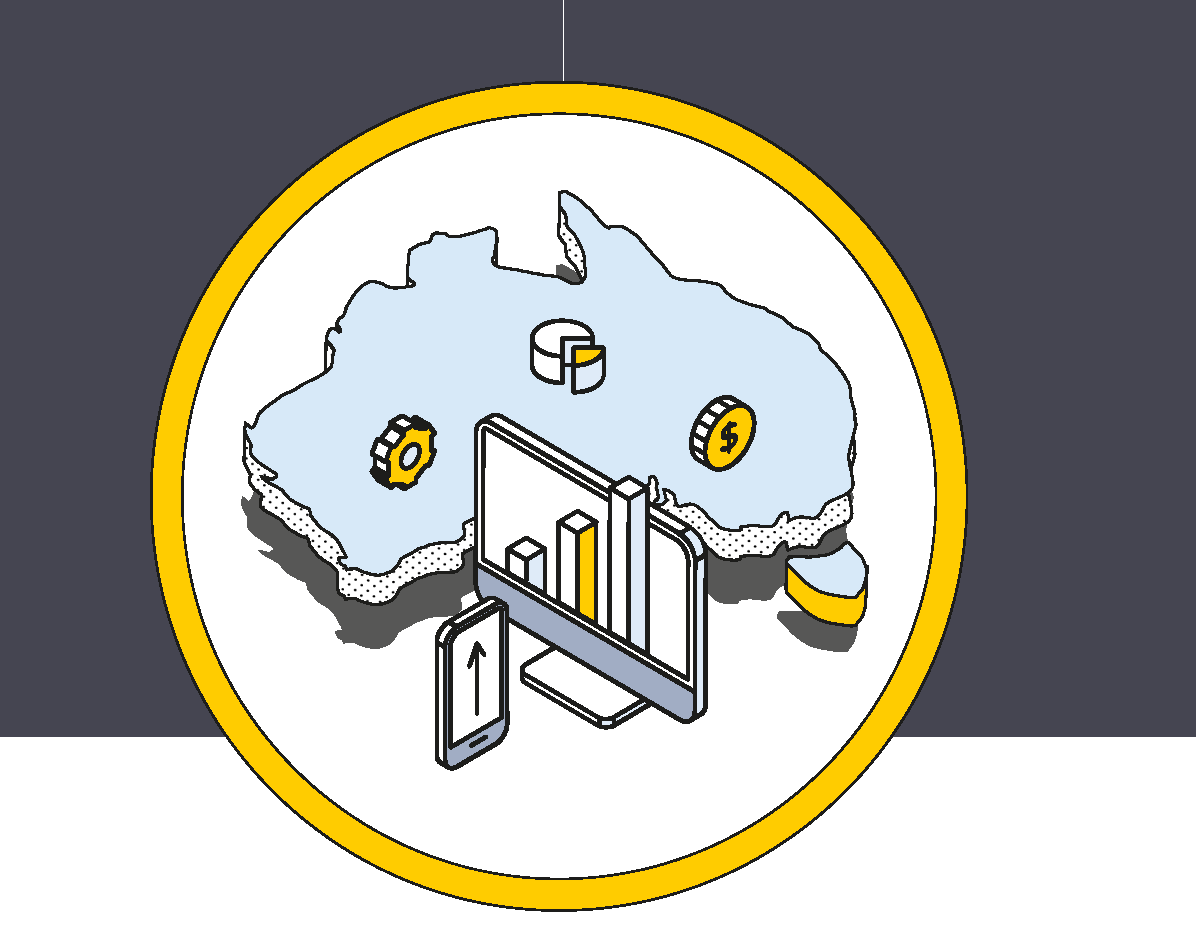
## Economic Performance of Australian States and Territories## Economic Performance of Australian States and Territories According to the latest CommSec State of the States Report, South Australia continues to hold the top spot for economic performance. Western Australia, Victoria, and the Australian Capital Territory follow in the rankings, while Queensland, Tasmania, and New South Wales have fallen down the leaderboard. The Northern Territory remains in eighth place. Key Observations: * South Australia’s strong position is attributed to its labor market and construction activity. * Western Australia is experiencing the strongest annual economic momentum, driven by population growth and home loans. * Victoria ranks highly in retail spending, unemployment, and construction work completed. * The ACT excels in economic growth, retail spending, and equipment investment. * Queensland’s economic growth is supported by a strong labor market. * Tasmania’s housing construction activity has slowed. * New South Wales has solid population growth, but retail spending is affected by increased borrowing costs. * The Northern Territory shows resilience in retail spending. Indicators Used: The CommSec report assesses states and territories based on eight key indicators: * Economic growth * Retail spending * Equipment investment * Unemployment * Construction work completed * Population growth * Housing financing * Housing starts Methodology: The report compares current economic data to decade averages (considered “normal” performance). It also analyzes annual growth rates for all indicators to measure economic momentum. Implications: The economic performance of Australian states and territories is being driven by strong employment and population growth, despite inflation concerns. The future path of the economy will depend on the labor market’s resilience and interest rate levels.
Victoria remains in third place, with the ACT in fourth. The previously tied fourth states of Queensland (now fifth), Tasmania (now sixth) and NSW (now seventh) all fell down the leaderboard. The Northern Territory remains in eighth place.
“Across the country, the economic performance of Australia’s states and territories is being supported by both strong employment and population growth, at a time of higher than desired price inflation,” said Ryan Felsman, Senior Economist at CommSec.
“South Australia’s continued high position is driven by a strong labour market and construction activity.
“While South Australia retains the top spot, Western Australia is experiencing the strongest annual economic momentum, so it will be interesting to see how this develops in the coming quarters.”
“New South Wales, Tasmania and Queensland have fallen down the rankings this quarter. Overall, the state economies have slowed as consumers respond to higher borrowing costs and price pressures. The future path of the economy will depend on the resilience of the labour market and interest rates,” Mr Felsman said.
The key points from the report by state and territory are:
- South Australia number one on three indicators, including housing starts, construction work completed and unemployment. But the economy has lost momentum in recent months due to weaker consumer and business spending.
- Western Australia ranked first in relative population growth and home loans. “The West” has the strongest annual economic momentum and looks poised to challenge for the top spot in the next survey.
- Victoria ranked third for three of the eight indicators, and second for retail spending.
- The ACTION ranks first in economic growth, retail spending and equipment investment, but is held back by lower rankings for the other indicators.
- Queensland ranks fourth on four indicators, but the strong labor market supports economic growth.
- Tasmania ranks second on two indicators, but housing construction activity has slowed recently.
- New South Wales enjoys solid population growth, but retail spending is under pressure from higher borrowing costs.
- The Northern Territory ranks eighth on six indicators, but retail spending has held up well over the past year.
In addition to relative economic performance, the latest report also analyses annual growth rates across the eight economic indicators. It shows that Western Australia and Queensland now hold joint first place for this measure of economic momentum, followed by the Australian Capital Territory and Victoria in third and fourth place respectively.
About the CommSec State of the States Report
The State of the States report uses the most recent economic data available. While the population growth data covers the December 2023 quarter, other data, such as unemployment, is much more current and covers the month of June 2024, while the housing finance figures cover May 2024.
CommSec, the online brokerage arm of Australia’s largest bank, assesses the performance of each state and territory on a quarterly basis using eight key indicators. These indicators include: economic growth, retail spending, equipment investment, unemployment, construction work completed, population growth, housing financing and housing starts.
Just as the Reserve Bank uses long-term averages to determine the level of “normal” interest rates, CommSec compares key indicators to decade averages; that is, to “normal” performance. CommSec also compares annual growth rates for eight key indicators for all states and territories, as well as Australia as a whole, allowing for a comparison of economic momentum.
The post CommSec State of the States first appeared on Frugals ca.